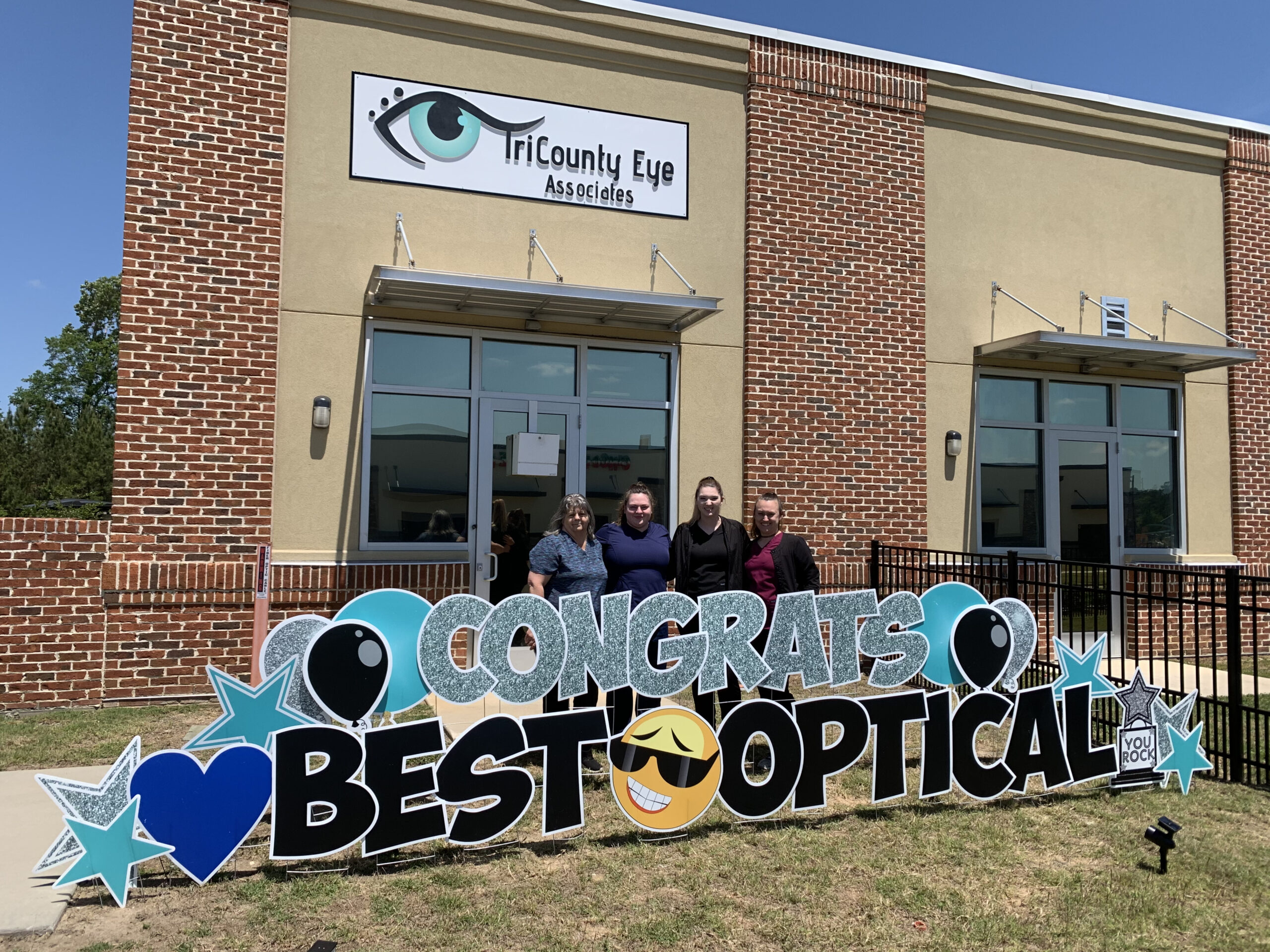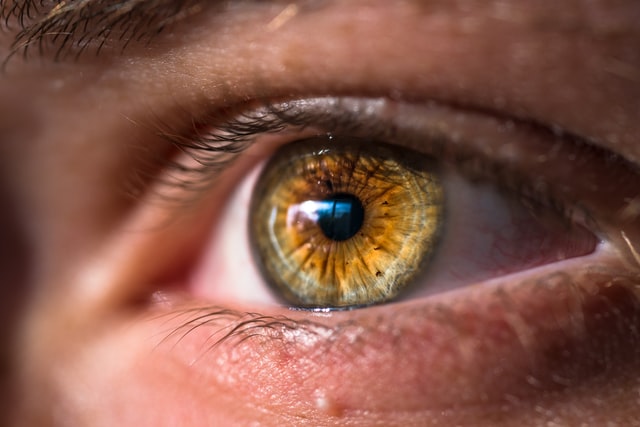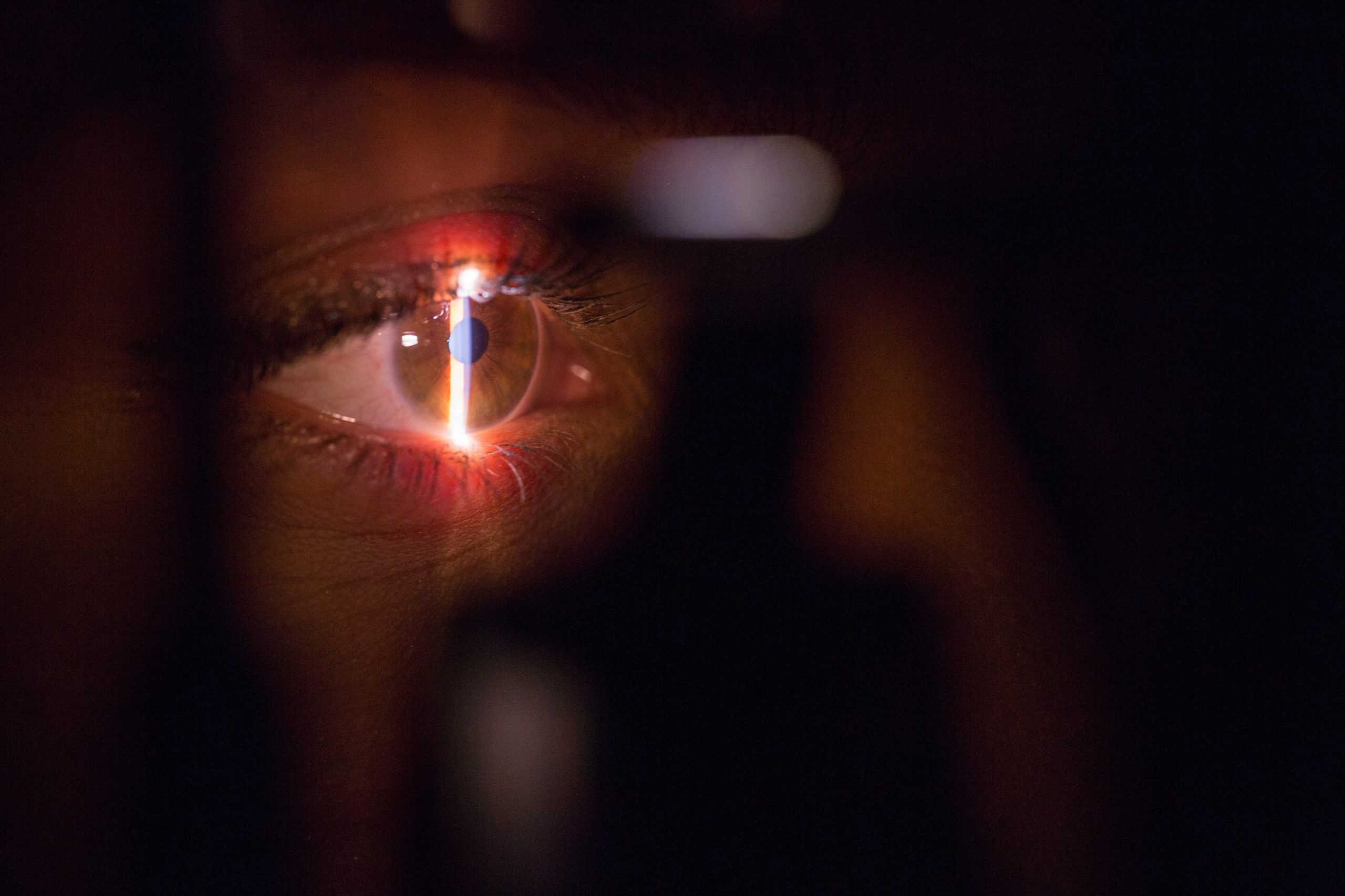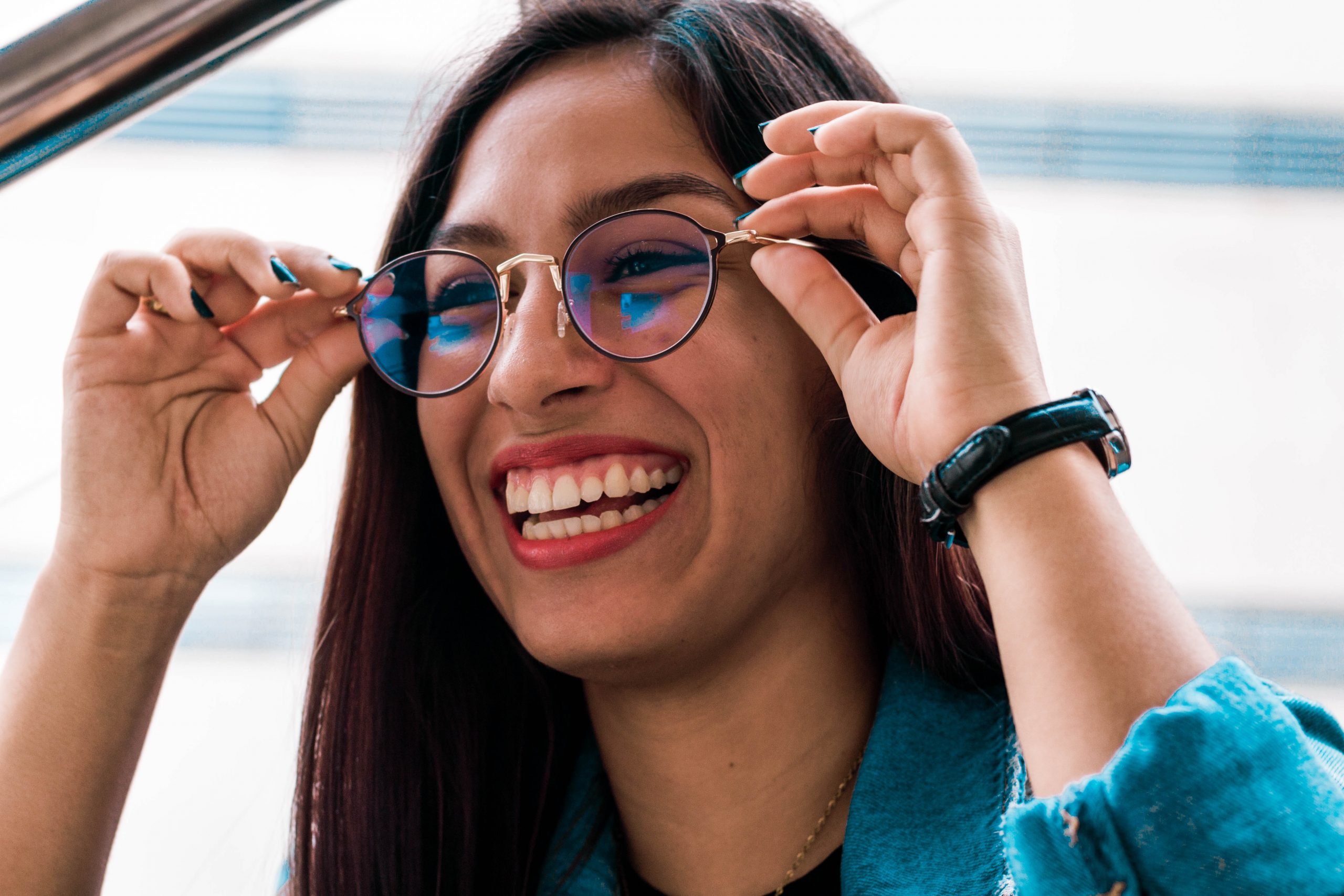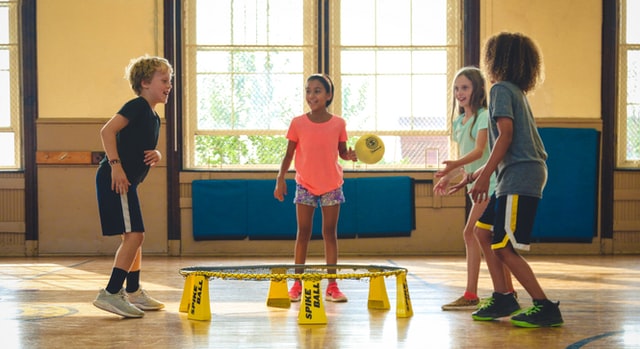We mentioned in our last blog that we are going to start offering Neurolens in both of our new locations. We wanted to take a deeper dive into this new technology to give you all the details of how this can help you.
What is it?
According to nvisioncenters.com “Neurolens is the first prescription lens that uses a contoured prism to realign the eyes and relieve pressure on the trigeminal nerve.” This type of contoured prism lens can help fight the effects of digital eye strain. We have talked about blue light and digital eye strain here before, and this lens could be an alternative to blue-light-blocking lenses.
A significant amount of people suffer more and more from digital eye strain since most of us work with computers all day and use our smartphones and tablets while not at work. With the rise of children-friendly tablets, people are getting exposed to blue light earlier and earlier. Digital eye strain can cause not only eye strain but also neck pain, shoulder pain, and headaches.
The root cause of these symptoms is the digital eye strain. Neurolens can help to correct the damage caused by digital eye strain resulting in fewer headaches and neck and shoulder pain.
The Science Behind It
The Trigeminal nerve is the biggest nerve that is connected to your brain. Research has proven that there is a connection between this nerve and the eyes. If your eyes are misaligned due to eye strain, it puts pressure on that nerve which in turn causes the symptoms we detailed above.
In order to prescribe a Neurolens, we will use a measurement device that can detect a possible misalignment and then determine the prescriptions needed.
Who could benefit?
This type of lens could benefit anyone who spends a lot of time on a computer as well as anyone who does a lot of detailed work or reading. It can also be helpful for someone who has suffered from the symptoms of digital eye strain but have not see any relief from their symptoms using other treatments.
Come See Us!
If you fit the description above, call us to make an appointment. We love being able to help improve the lives of our customers by offering the latest breakthrough technologies. We would love to see if Nurolens could help you!


